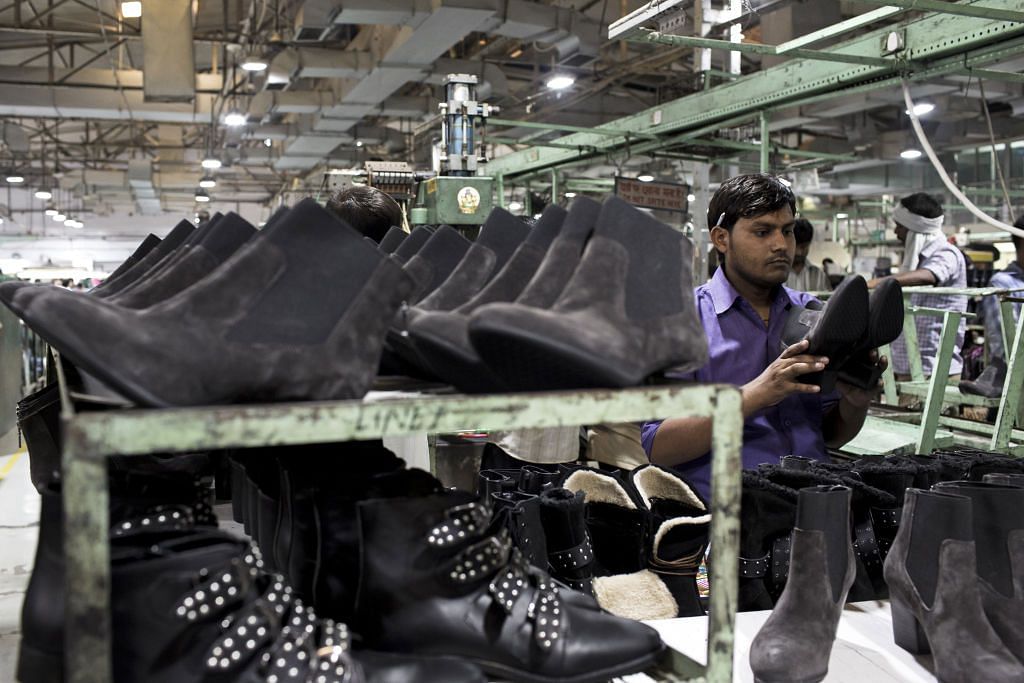
By Shruti Rajagopalan
While India is just beginning to confront the full economic impact of the COVID-19 pandemic, optimists see reasons to hope. Global manufacturers are looking to diversify supply chains and Indian leaders seem to be trying to attract their business. The recent decision by Uttar Pradesh — India’s biggest state, with a population the size of Brazil’s — and a few others to relax stifling labour regulations has revived hope that other states will soon follow, competing to draw investment and jobs regardless of what the central government does or doesn’t do.
This has been a longstanding hope of Indian reformers — that rivalries between states will drive deregulation when politics prevent action in New Delhi. Unfortunately, it’s not how India works.
India’s heavy-handed labor laws aren’t entirely the product of decades of socialist central governments; states themselves write many of those rules. Even on issues other than labor, state-level regulations in India are remarkably similar and uncompetitive. The real problem is that Indian federalism is centripetal: State leaders have historically looked to the national government for policy direction.
They’ve done so for three very good reasons. The first, not surprisingly, has to do with money. Indian states have limited authority over their finances. Very few areas, such as property and alcohol, are exclusively taxed by states — and the recently enacted Goods and Services Tax has left them with even less control over their own revenue. The national government controls the purse strings and shares less than half of total tax revenues with states. Even when different political parties lead national and state governments, the central government can control the latter’s policy and budgetary allocations.
Second, India’s history with socialist planning continues to cast a long shadow. Until very recently, India’s erstwhile Planning Commission largely dictated policy. Even in areas where the states had legislative authority, they sought to comply with the commission’s vision in order to maximize their share of revenue. Striking off on their own to attract foreign investment would risk their share of revenue — and, in any case, would be impossible without clearances from the central government .
Even now, a state such as Uttar Pradesh, a stronghold of the ruling Bharatiya Janata Party, feels such pressures. Initially, the state suspended almost all labor regulations through ordinance, pending new legislation. When BJP leaders in New Delhi expressed concern about the degree of deregulation, the state government hinted it would bring back some of the old rules, leaving the exact impact of its move uncertain. While that lack of clarity may pacify New Delhi, it’s likely to put off many investors .
Finally, while in theory state courts could foster competition by approving different rules, in India, even the judiciary is centralized. The Supreme Court controls state high courts through its powers to overturn their decisions and to appoint and transfer judges. State high courts tend to be clones of one another. Without a greater degree of state or local judicial control, it is impossible to create the equivalent of, say, Delaware’s courts in India.
Where states have attracted investments, it’s usually been due to superstar chief ministers, who can credibly remove regulatory roadblocks on a case-by-case basis. In Indian political-business circles, the shorthand for this phenomenon is called “single-window clearance,” where the support of the chief minister’s office is key to getting all business permits.
Foreign investors have learned to rely on state leaders such as N. Chandrababu Naidu in Andhra Pradesh or the late Jayaram Jayalalithaa in Tamil Nadu, who were experts at getting environmental clearances from the central government, assembling large parcels of land, organizing electricity, brokering deals with trade unions, and eliminating regulatory and judicial roadblocks within the state. Such leaders have little incentive to push forward more wide-ranging deregulation because it would reduce their own power and, in some cases, their rents and bribes.
The only permanent solution to this problem is to allow state governments more control over their finances. That should eventually translate into greater freedom over their own policies. While this is naturally difficult during an economic slump, two changes would make an immediate difference: first, increasing the states’ share of total revenue; and second, reducing the number of national welfare and subsidy programs in order to give states control over those resources.
In the longer run, India needs to move towards greater fiscal federalism, with states raising and keeping a greater share of their revenues. Only when they no longer have to look to New Delhi for their financial survival will states really be free to compete with one another.